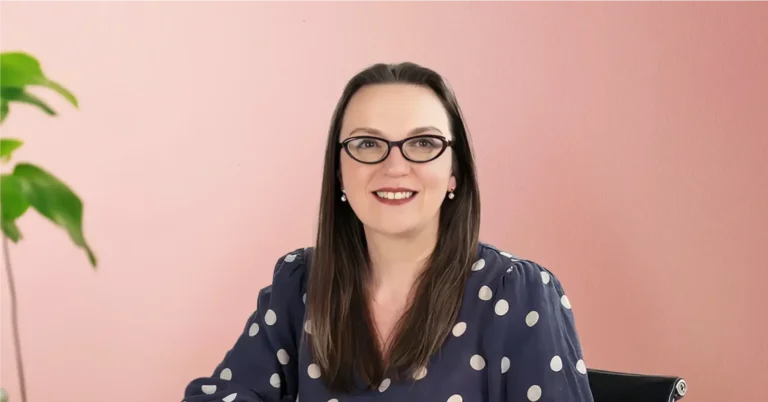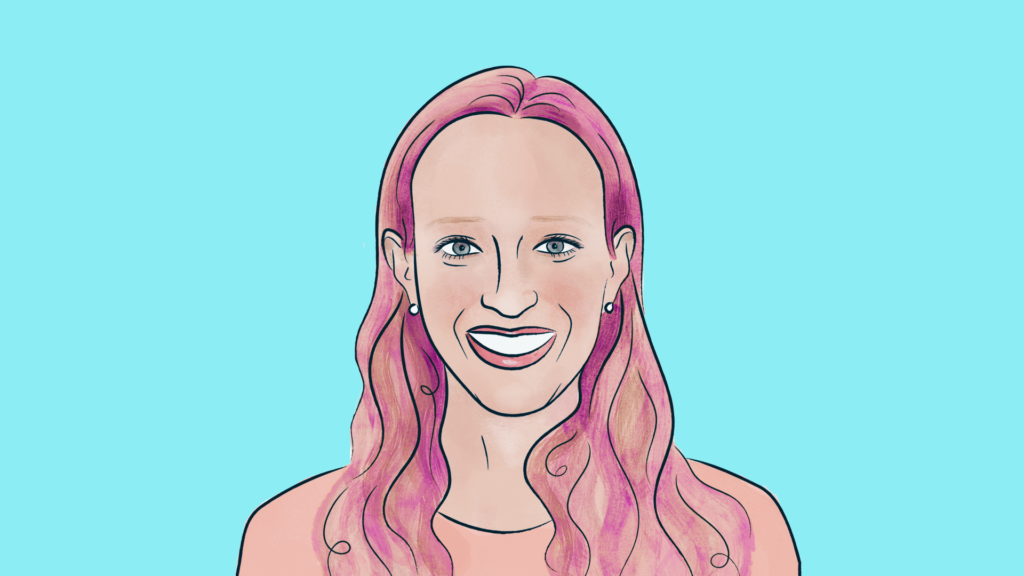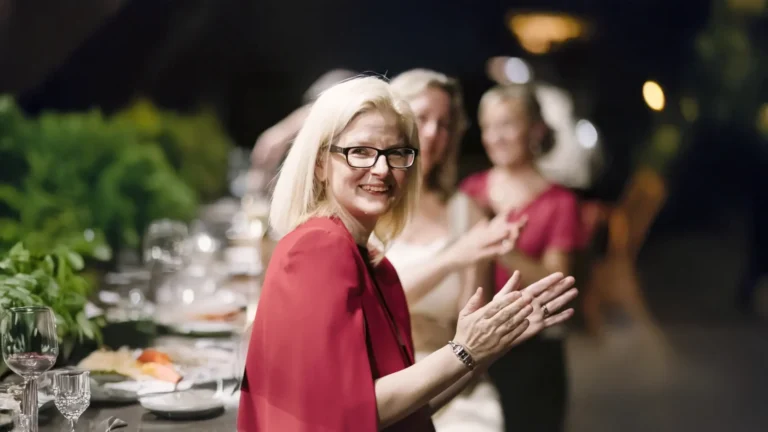

When I moved in-house, it was after nearly 10 years in the corporate transactional team at a Magic Circle law firm in London plus a lengthy maternity leave with my first baby coinciding with the Covid-19 pandemic lock down in England. I figured, if I could handle all of that, I’ve got this.
Cue surprise.
There is an expression that is very apt. It’s called “drinking from the fire hose.” This is how it felt. There were so very many people to meet and so very much to learn.
On my first or second day (blurry memories), my boss (who I will say is just fantastic) ran through about 15 “projects” (or “matters” or “things” – still unclear about the in-house terminology) that were within our “remit” (or “work load” or “someone has to do it so why not us”). As I tried to keep up, taking notes frantically, questions swirled through my head like… But which should I work on first? What are these deadlines? Who are these for? Where do I start?
Start where you are. Just go for it. Dig in, read what’s there, apply your brain. It may not fit neatly within what you’ve done in the past, or be as structured, but you must back yourself to figure it out. As author Marie Forleo said, everything, in fact, is “figureoutable.” And when you’re feeling overwhelmed, take a deep breath, and, if nothing else, acknowledge the incredible learning experience you are having.
A few days passed and I remember still feeling overwhelmed. I felt like maybe this was a bit more than I bargained for. I made peace with the idea that if the “soul” purpose of this job was to get me on a new path outside of law firm life, I was okay with it. But was I? In the back of my mind, I also had a vision of myself, many years in the future and still at my current company, speaking to law students about my career and how I felt like I wanted to quit within the first couple of days and how grateful I was to stick it out for the career successes and joys it reaped.
So I spoke to my grandmother to ask for her time-honored wisdom. She and my grandfather were immigrants to America from the former Yugoslavia, and had more than their fair share of challenges. She told me about one job my grandfather had, early on, as a chef in New York. He arrived for his first day of work and the restaurant’s manager told him, “Here’s the menu, here’s the stove, here’s the food – the rest is yours.” That was it! My grandfather came home that night saying he couldn’t do it. But, he willed himself to try. Just try. He did, and he later ended up laughing about his initial reaction after he learned the job and realized how capable he was at doing it.
It’s okay not “to know” at first. Write it on a post-it note: No one knows exactly what they’re doing, either. As humans we tend to want to avoid (or run from) situations that make us feel uncomfortable. We like our comfort zone because, well, it feels comfy. It doesn’t push us, or force us to grow. A good friend suggested to me, “What if you just sit with your discomfort for now?” In other words, what if I just acknowledged the discomfort, allowed myself to feel uncomfortable, and stuck with it anyway? Imagine what beautiful transformations could occur! I embraced this new attitude as I willed myself to go with the flow (not always easy for a lawyer) and see where it took me.
Cue surprise, again.
I began to feel in a bit of a groove. In connecting with others and taking little actions I felt were right, I gained confidence. I began to know who was in what team, and what team did what, and what to focus on as priorities. I forced myself to speak up when I didn’t know and approached my work as I believe a detective would approach theirs: be open to receiving all information, do the background research, and ask the questions you feel you should ask.
Ask the questions. Ask all the questions you have. Ask the question even if you believe everyone else knows the answer. (Chances are, they don’t.) Asking questions is the way to uncover what’s really going on, and also what may be in your blindspot (i.e., what you don’t know you don’t know). Every time I hear, “Good question,” which is often, I think to myself, “I am on the right track here.” And don’t forget that your asking questions could also awaken ideas in others.
My confidence expanded. I could see how much I was growing, professionally as well as personally. I began to push past what felt like fear and offer my view on something, even if I wasn’t completely sure. I could see how people were looking to me, coming to me, for what I thought.
Be there to be there. As an in-house lawyer, you are not a collection of the hours you bill, but rather of the contributions you make. Contributions can be measured both in the practical outputs as well as every time you open your mouth to offer a view or an opinion. This is the value in-house lawyers bring. This value is about progress, not perfection. You don’t need to offer perfection; you need to offer movement, well-considered views, and an ability to get things done.
Now, a few months in, I am really enjoying it. I enjoy being able to use my brain power to help the business solve problems and further our strategic goals globally. I love feeling like an integral part of a large team comprised, in addition to lawyers, of people in other areas of the business, each bringing their own expertise and experience to bear.
Communicate efficiently. Identify for yourself the purpose behind any communication you are delivering and synthesize your message accordingly. The business most wants clear, finely tuned, practical, and consciously distilled advice, and is trusting the legal team to provide it. Being relied on in this way as in-house counsel feels like a privilege, and I am excited to see where this journey takes me.


